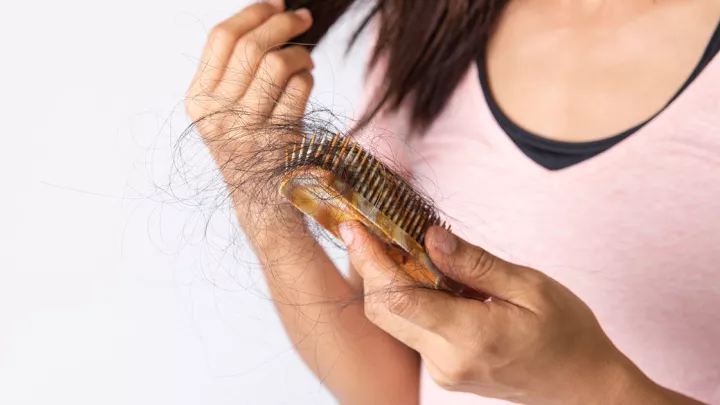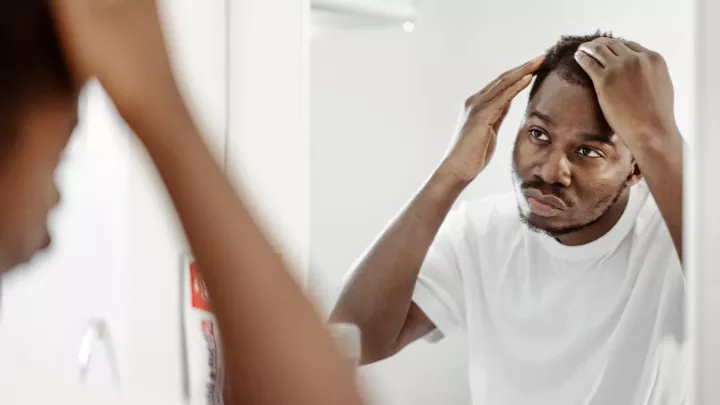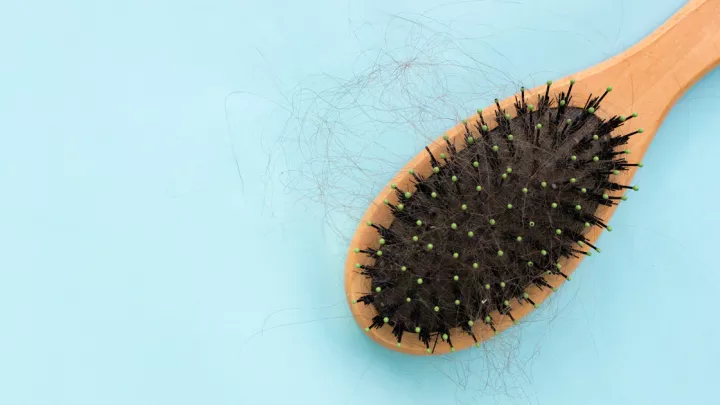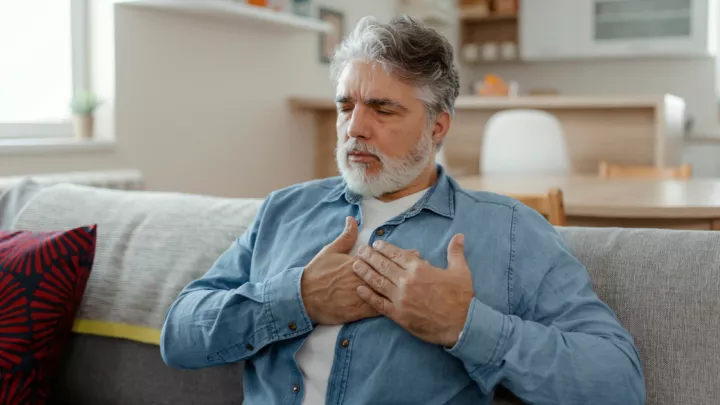You asked, we answered: Why do ear and nose hair grow more as you age, but head hair grows less?
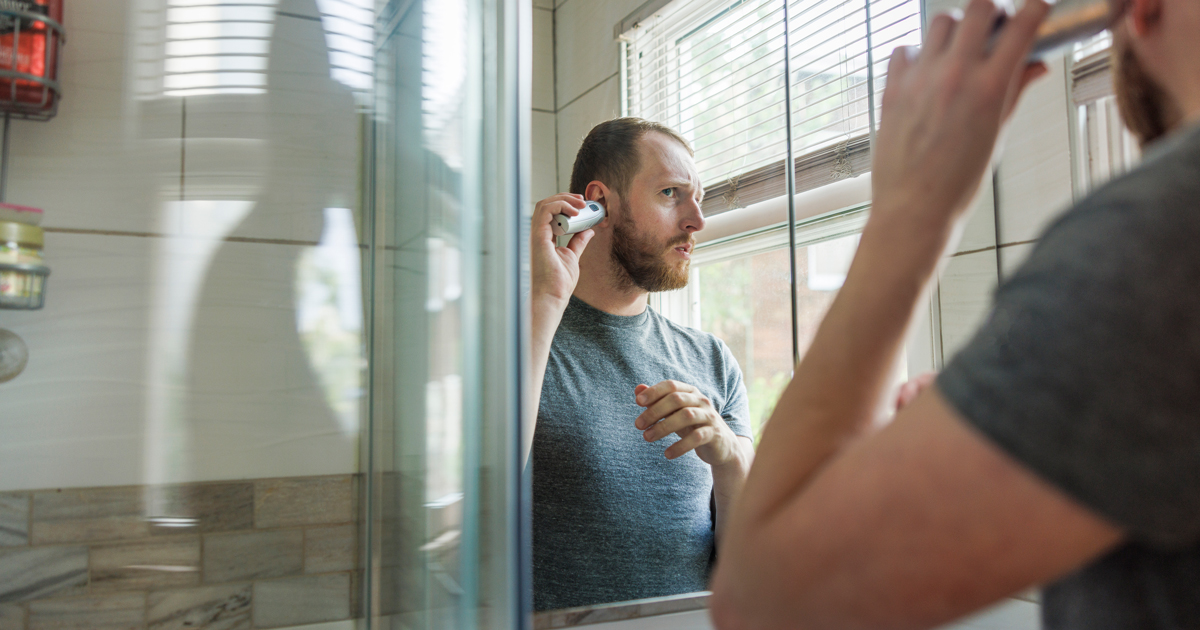
Question:
As a middle-aged guy, why does my hair stop growing on my head and start growing in my ears?
Answered by dermatologist Matthew Stephany, MD:
It can be discouraging to lose our hair, only to see it appear somewhere else on our body where we don't want it. Although frustrating, it's a natural part of the aging process for men and women alike.
Hair on the scalp, under the arms, groin, eyebrows, ears, and nostrils are called terminal hairs. They are controlled and regulated by hormones called androgens. Receptors that bind to androgens are unique in different areas of your body.
When it comes to terminal hairs, the most important androgen is testosterone.
As we age, testosterone levels begin to decrease. While testosterone levels decrease, the hormone-binding globulins (groups of proteins in the blood) increase. This process alters the signals to the hair, leading to less hair on the scalp and more growth on the brows, ears and nostrils.
This process is also why patients undergoing testosterone therapy will often note hair loss or loss of hair thickness on their scalp.


